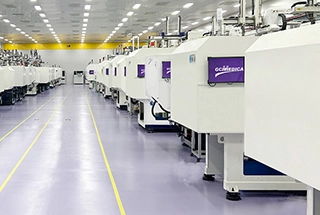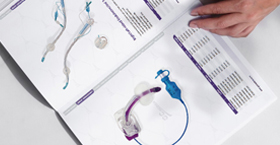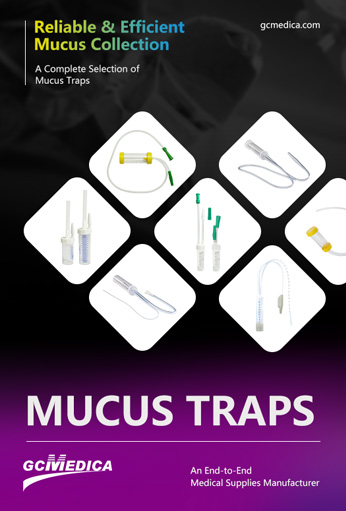Disposable mucus extractors for bronchoscopy are specialized, single‐use devices engineered to safely and efficiently collect airway secretions during bronchoscopic procedures. Designed for seamless integration with standard bronchoscope suction channels, these extractors combine a transparent collection chamber, one‐way valve, and hydrophobic filter to maintain specimen integrity while protecting equipment and staff from contamination. Their ergonomic design and reliable performance make them indispensable in pulmonary medicine, critical care, and interventional pulmonology.
| Feature | Specification | Benefit |
|---|---|---|
| Chamber Volume | 20 mL / 50 mL / 100 mL | Sufficient capacity for multiple suction passes |
| Material | Medical‐grade polypropylene | Rigid, chemical‐resistant, and biocompatible |
| Filter Type | 0.2 µm hydrophobic membrane | Prevents aerosol backflow and cross‐contamination |
| Connection Ports | 2 mm barbed inlet; Luer‐lock outlet | Secure fit to bronchoscope and suction tubing |
| Valve Mechanism | One‐way silicone valve | Ensures unidirectional flow, protects scope |
| Tubing Length | 100 cm | Provides ample reach without kinking |
| Sterilization | Gamma irradiation or ethylene oxide (EO) | Guarantees asepsis straight from the package |
| Compatibility | Standard 2 mm bronchoscope suction channels | Universal fit for most adult and pediatric scopes |
| Packaging | Individually sealed foil pouch | Maintains sterility until point of use |
Disposable bronchoscopy mucus extractors offer several key advantages. First, their transparent housing with graduated markings allows clinicians to accurately monitor suction volume and assess sample quality in real time. Second, the integrated hydrophobic filter and one‐way valve safeguard bronchoscopes and suction lines from fluid ingress and microbial contamination, reducing the risk of costly repairs and ensuring patient safety. Third, the variety of chamber sizes accommodates both short diagnostic bronchoscopies and extended therapeutic suctioning, minimizing interruptions for container changes.
Clinically, these extractors are used to obtain lower‐respiratory tract secretions for microbiological cultures, cytology, and molecular assays—critical for diagnosing infections such as ventilator‐associated pneumonia, tuberculosis, and interstitial lung disease. In intensive care units and operating rooms, they facilitate airway clearance in ventilated patients and support bronchoscopic lavage procedures. By combining ease of use, robust filtration, and sterile, disposable convenience, mucus extractors for bronchoscopy streamline workflow and uphold the highest standards of procedural efficacy and infection control.
| Mucus Traps > |

 Français
Français Español
Español Products
Products
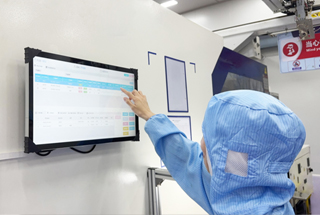
 About Us
About Us




